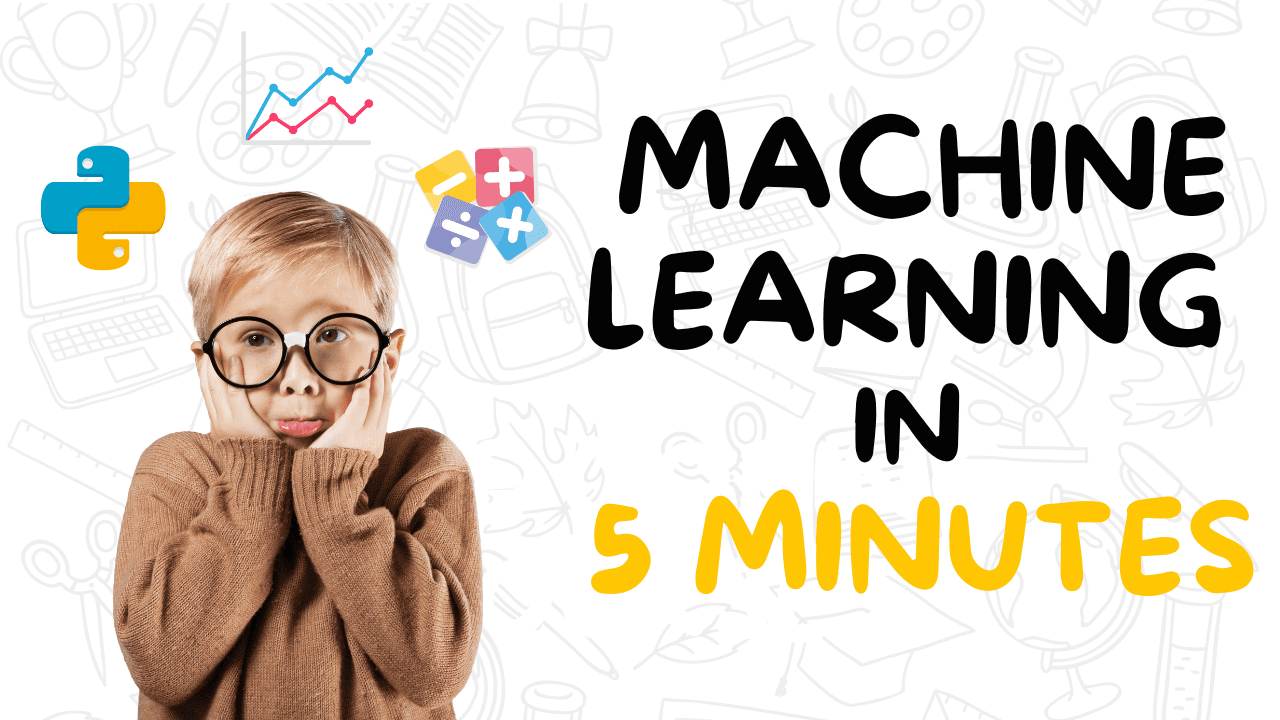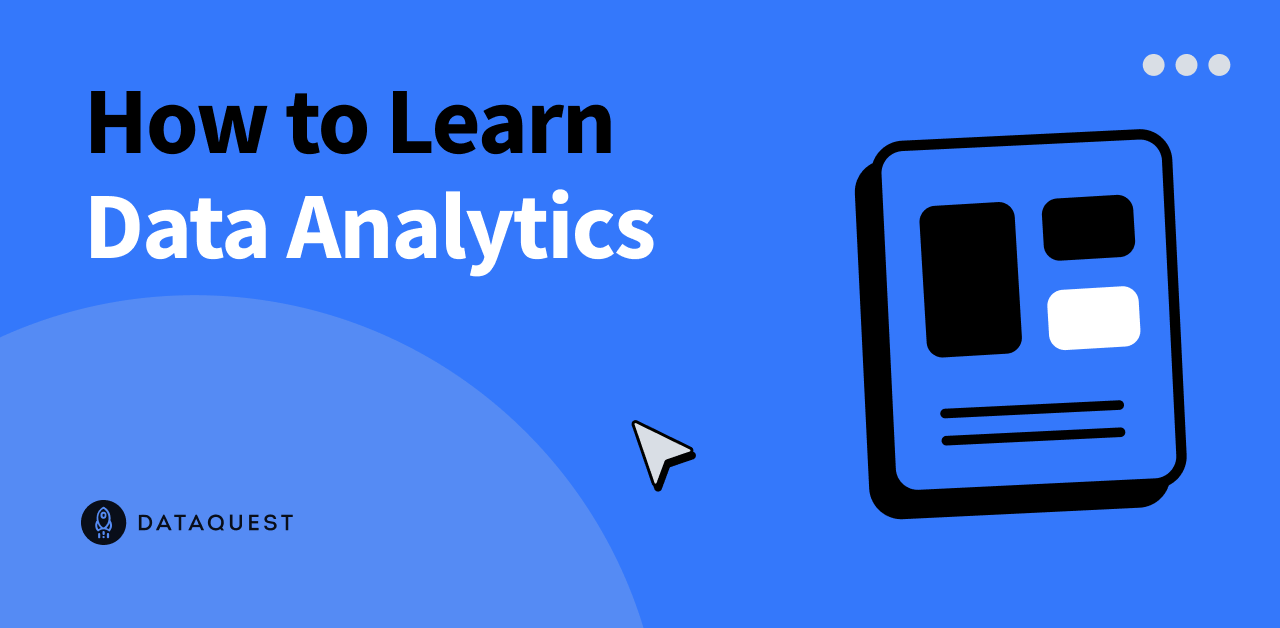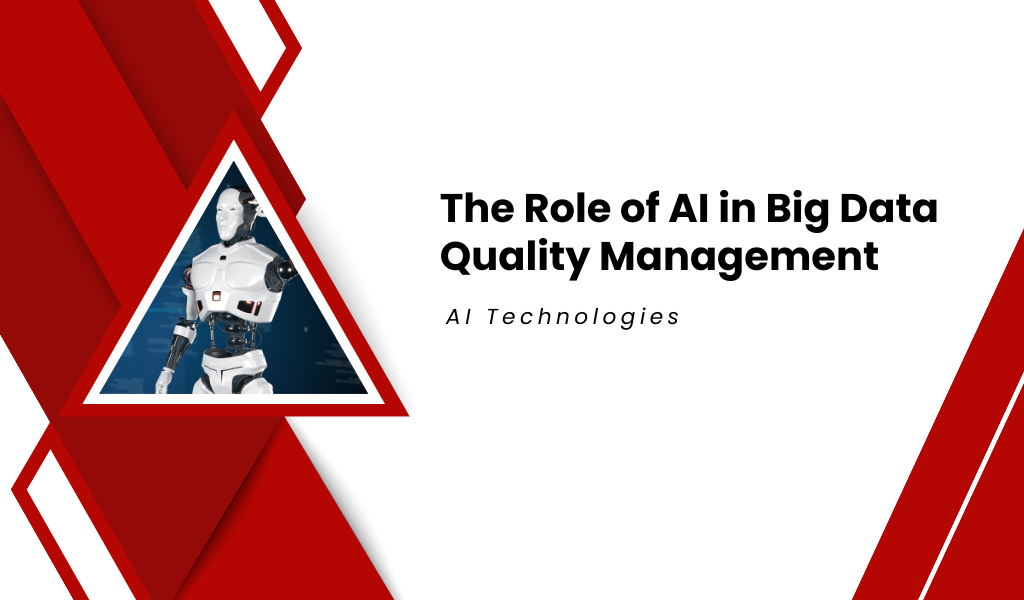The Scale and Complexity of LLMs
The incredible abilities of LLMs are powered by their vast neural networks which are made up of billions of parameters. These parameters are the result of training on extensive text corpora and are fine-tuned to make the models as accurate and versatile as possible. This level of complexity requires significant computational power for processing and storage.
The accompanying bar graph delineates the number of parameters across different scales of language models. As we move from smaller to larger models, we witness a significant increase in the number of parameters with ‘Small’ language models at the modest millions of parameters and ‘Large’ models with tens of billions of parameters. However, it is the GPT-4 LLM model with 175 billion parameters that dwarfs other models’ parameter size. Not only is GPT-4 using the most parameters out of the graphs, but it also powers the most recognizable generative AI model, ChatGPT. This towering presence on the graph is representative of other LLMs of its class, displaying the requirements needed to power the future’s AI chatbots, as well as the processing power required to support such advanced AI systems.
The Cost of Running LLMs and Quantization
Deploying and operating complex models can get costly due to their need for either cloud computing on specialized hardware, such as high-end GPUs, AI accelerators, and continuous energy consumption. Reducing the cost by choosing an on-premises solution can save a great deal of money and increase flexibility in hardware choices and freedom to utilize the system wherever with a trade-off in maintenance and employing a skilled professional. High costs can make it challenging for small business deployments to train and power an advanced AI. Here is where quantization comes in handy.
What is Quantization?
Quantization is a technique that reduces the numerical precision of each parameter in a model, thereby decreasing its memory footprint. This is akin to compressing a high-resolution image to a lower resolution while retaining the essence and most important aspects but at a reduced data size. This approach enables the deployment of LLMs on with less hardware without substantial performance loss. ChatGPT was trained and is deployed using thousands of NVIDIA DGX systems, millions of dollars of hardware, and tens of thousands more for infrastructure. Quantization can enable good proof-of-concept, or even fully fledged deployments with less spectacular (but still high performance) hardware. In the sections to follow, we will dissect the concept of quantization, its methodologies, and its significance in bridging the gap between the highly resource-intensive nature of LLMs and the practicalities of everyday technology use. The transformative power of LLMs can become a staple in smaller-scale applications, offering vast benefits to a broader audience.
Basics of Quantization
Quantizing a large language model refers to the process of reducing the precision of numerical values used in the model. In the context of neural networks and deep learning models, including large language models, numerical values are typically represented as floating-point numbers with high precision (e.g., 32-bit or 16-bit floating-point format). Read more about Floating Point Precision here. Quantization addresses this by converting these high-precision floating-point numbers into lower-precision representations, such as 16- or 8-bit integers to make the model more memory-efficient and faster during both training and inference by sacrificing precision. As a result, the training and inferencing of the model requires less storage, consumes less memory, and can be executed more quickly on hardware that supports lower-precision computations.
Types of Quantization
To add depth and complexity to the topic, it is critical to understand that quantization can be applied at various stages in the lifecycle of a model’s development and deployment. Each method has its distinct advantages and trade-offs and is selected based on the specific requirements and constraints of the use case.
- Static Quantization
Static quantization is a technique applied during the training phase of an AI model, where the weights and activations are quantized to a lower bit precision and applied to all layers. The weights and activations are quantized ahead of time and remain fixed throughout. Static quantization is great for known memory requirements of the system the model is planning to be deployed to. - Dynamic Quantization
Dynamic Quantization involves quantizing weights statically, but activations are quantized on the fly during model inference. The weights are quantized ahead of time, while the activations are quantized dynamically as data passes through the network. This means that quantization of certain parts of the model are executed on different precisions as opposed to defaulting to a fixed quantization. - Post-Training Quantization (PTQ)
In this technique, quantization is incorporated into the training process itself. It involves analyzing the distribution of weights and activations and then mapping these values to a lower bit depth. PTQ is deployed on resource-constrained devices like edge devices and mobile phones. PTQ can be either static or dynamic. - Quantization Aware Training (QAT)
During training, the model is aware of the quantization operations that will be applied during inference and the parameters are adjusted accordingly. This allows the model to learn to handle quantization induced errors. - Binary Ternary Quantization
These methods quantize the weights to either two values (binary) or three values (ternary), representing the most extreme form of quantization. Weights are constrained to +1, -1 for binary, or +1, 0, -1 for ternary quantization during or after training.
The Benefits & Challenges of Quantization
The quantization of Large Language Models brings forth multiple operational benefits. Primarily, it achieves a significant reduction in the memory requirements of these models. Our goal for post-quantization models is for the memory footprint to be notably smaller. Higher efficiency permits the deployment of these models on platforms with more modest memory capabilities and decreasing the processing power needed to run the models once quantized translates directly into heightened inference speeds and quicker response times that enhance user experience. On the other hand, quantization can also introduce some loss in model accuracy since it involves approximating real numbers. The challenge is to quantize the model without significantly affecting its performance. This can be done with testing the model’s precision and time of completion before and after quantization with your models to gauge effectiveness, efficiency, and accuracy. By optimizing the balance between performance and resource consumption, quantization not only broadens the accessibility of…






















